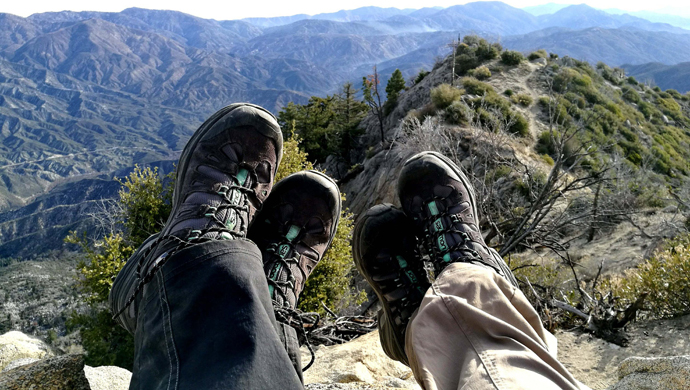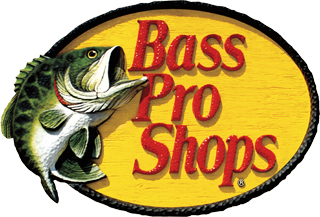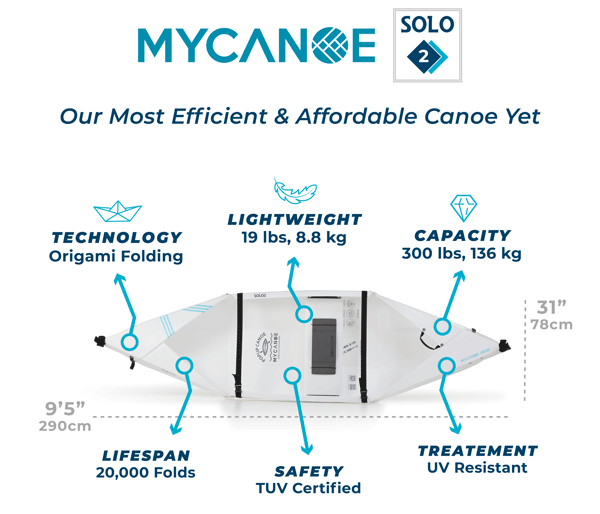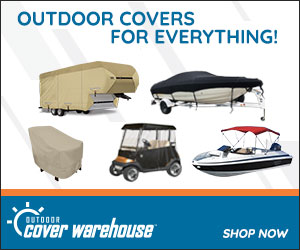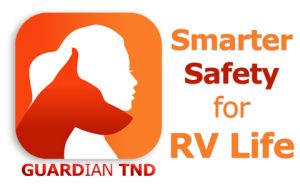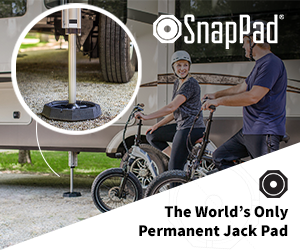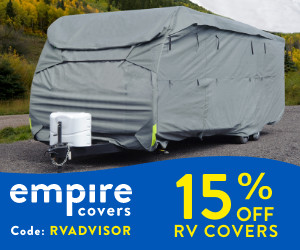Good footwear for hiking.
Hiking is one of the most entertaining and fun activities you can do. It is a popular hobby for many, and it can take us on some extraordinary adventures. However, hiking is not the kind of activity you can do dressed in your usual day-to-day attire, especially when it comes to footwear. You can’t wear the same shoes you wear on the pavement when you are hiking up a mountain or through a forest.
Hiking requires unique footwear that will benefit you in these more hardy terrains. A shoe fit for pavement is not a shoe fit for a mountain. That being said, everyone has unique tastes too, and so many hikers are trying to find the perfect hiking boots for them.
When you are looking for hiking footwear, you want something comfortable, lightweight, but also built to handle the conditions you will be hiking in. There is no one shoe to fit all. It depends on your foot type if you have any injury history, your weight and the weight of your pack, and the environment you hike in. This means that you would not, and certainly should not, be wearing the same type of shoe for hiking up a snow-capped mountain as you would for hiking up a mountain range close to the equator.
There are many things that will dictate how you should choose your hiking footwear. There is much to know about hiking boots. Let’s learn about them today, and give you some recommended options.
Types of Hiking Boots.
There are three primary types of hiking boots available.
Day hiking boots.
Day hiking boots range from a mid to high cut. They are intended for all-day hikes or short backpacking trips with a light load. These boots will flex easily, and thankfully, they also require less break-in time. However, they are not durable and have heel support, making them less ideal than stout backpacking boots.
Hiking shoes.
Hiking shoes are a low-cut model, they are flexible and a great choice for day hikes. They are on par with trail-running shoes, as some ultra-light backpackers may choose them for long-distance journeys.
Backpacking boots.
These boots are made to carry heavier loads on long, multiple-day trips into the deep country. They are typically high cut, wrapping around the ankles for better support. They are durable and supportive with a stiff midsole. They are suitable for both on or off-trail traveling.
Types.
There is much to know about these boots.
Their uppers (material) can be full-grain leather which is best for durability and abrasion resistance, as well as water resistance, but need more break-in time. They could be split-grain leather, which is often paired with nylon, coming at a lower cost, but with less resistance. They could be nubuck leather, which is full-grain leather buffed to look like suede. Flexible and durable, but requiring much break-in time.
There are also synthetics that are lighter, cost less, and dry faster. They do show wear sooner through. They would have waterproof membranes, which keep feet dry in wet conditions, although they have less breathability. Vegan boots are also an option, as is insulation to keep your toes warm in snowy conditions.
Midsoles also matter as they will provide cushioning. This can be EVA, which is cushier and less expensive, or it can be polyurethane, which is firmer and more durable.
Internal supports can be shanks (3-5 mm thick inserts to add load-bearing stiffness to the midsole), or plates (thin, protecting feet from getting bruised from roots or uneven rocks).
You should also consider the outsoles. These can be in a lug pattern, which have traction giving bumps on the outsole, deep and thick lugs give better grip on mountaineering boots. Wide spaced lugs offer better traction and shed dirt easier.
Heel breaks are also possible, as a defined heel zone distinct from the forefoot and arch reduces the possibility of you sliding in steep descents.
Recommendations.
There are many good hiking boots out there, but it depends on what you are after.
If you want a good hiking shoe, we would recommend the Salomon X Ultra 3 GTX, which is waterproof and is good for durability and lightness.
For a good hiking boot, we would recommend the Jack Wolfskin Wilderness Lite Texapore Mid M. These are breathable, with a grippy sole, and are both robust and durable.
However, we think with all this knowledge, you are now fully equipped to find the perfect hiking boots for your journey’s head.

